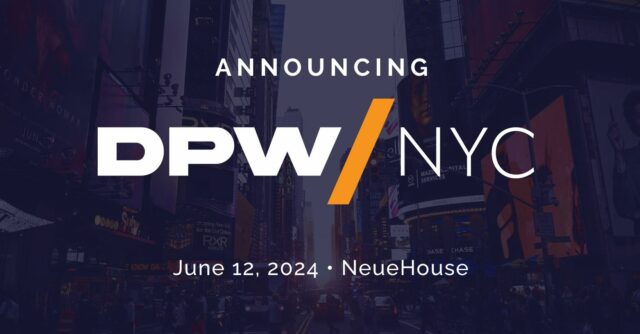Becki Hyde, Practice Lead, Agile Practice Leadership Enablement and Sean Olszewski, Practice Lead for Agile Practice Leadership Enablement, Pivotal Software
The benefits of a successful digital transformation project will manifest across entire organisational structures: teams make and act upon decisions faster than they have in the past, products and services are being delivered to users faster, employee morale is on the rise, operational costs are decreasing, and legacy systems are being upgraded or retired far quicker than many in the business can keep pace with. However, once change gets into full swing, it’s typical to see some employees begin to question their roles in the company, or whether they want to remain at the company at all. Things are changing fast—technologies, processes, expectations—and that can make for a difficult adjustment. Understanding why employees feel the way they do is crucial–not just to keep great people, but as a gauge to understand if the business is transforming in the right way.
There are different types of people within an organisation that are at risk of becoming alienated or otherwise unhappy during transformation periods. Here are some traits to look out for and some advice for keeping those people not just around, but also happy.
- Frustrated converts
The frustrated convert gets exposure to a new way of working and is then forced to go back to the old way – to what is often perceived as cumbersome process, wasted time, dead ends, and a lack of autonomy. These blockers often occur due to senior leadership being bought into an effort but failing to cascade the intent and importance of this to middle management. Because of this breakdown in communication, middle management doesn’t allow individual contributors the flexibility they need to deliver effectively, creating frustration and ultimately causing them to leave.
To prevent turnover of otherwise engaged and excited employees, work toward support for the change at all levels of your organisation and provide air cover until that is achieved. Having one or two key allies at the manager, director, and vice president levels goes a long way toward preventing converts from ever becoming frustrated. By knowing they have direct leadership support, employees will be able to weather the challenges of introducing change for much longer than if they feel they are doing it alone.
- High achievers
High achievers are employees who thrive in an agile environment, becoming so effective at what they do that they begin to be courted by other companies, or seek promotion opportunities elsewhere. Time and time again, we see this issue come up as companies undergo change, and the strongest way to combat it is to have a strong, protected culture of learning, with a fair and competitive compensation structure.
But supporting high achievers isn’t just about salary and benefits. The most engaged and motivated participants in change can become disengaged if they aren’t given opportunities that align to their interests and professional development – and have a measurable impact on the business. After seeing success on their teams, some employees naturally want to spread the principles and practices they’ve become so passionate about. This gives them an opportunity to grow professionally, and to have a larger positive influence on company culture.
- Opt-outs
When people are asked to change the way they work, some will self-select out. This is especially likely in companies where employees stay in roles long-term and develop well-understood processes over years of experience. Opt-outs don’t like or aren’t convinced of how effective this new way of working will be. It’s not uncommon for people to have seen many attempts at changing their enterprise and are therefore sceptical of further change.
As you introduce change, think ahead to how you can support these potential opt-outs. Opt-outs are normally better suited for work which isn’t related to the company’s digital transformation efforts, therefore change may in fact represent an opportunity to become involved in other areas of the business. They can however prove to be effective advisors in their area of expertise, or perhaps there are other teams in the company that could benefit from their experience and knowledge. Regardless, if you don’t consider these employees’ concerns and manage their transitions, they can poison others who are interested – but nervous about the change.
- Graduates
Some of your best team members will get promoted, perhaps onto a different team or into a new business unit. On the surface this is good news, however, if people leave early, or several leave in quick succession, the team leading the change may struggle to maintain maturity and momentum in their absence.
Because it is important to keep teams intact until there are people ready to backfill leadership roles, start succession-planning early — even down to the individual team level. While you can encourage people to stay in place for a period of time by providing them with interesting work and fair compensation, preparing for the future early ensures your efforts won’t stall out. When you are ready for people to move on, consider planning for graduates to seed new teams in pairs or small groups, so that they can support one another and have greater influence on others.
Final thoughts
While high turnover feels alarming, it can be a good sign. It’s evidence that you’re effecting change. Instead of feeling powerless, proactively preparing for and guiding changes in staffing can keep your transformation on track. While you may not prevent people from leaving, you can learn valuable lessons from the reasons they leave, which you can then leverage into actionable insights that help you on your journey.











